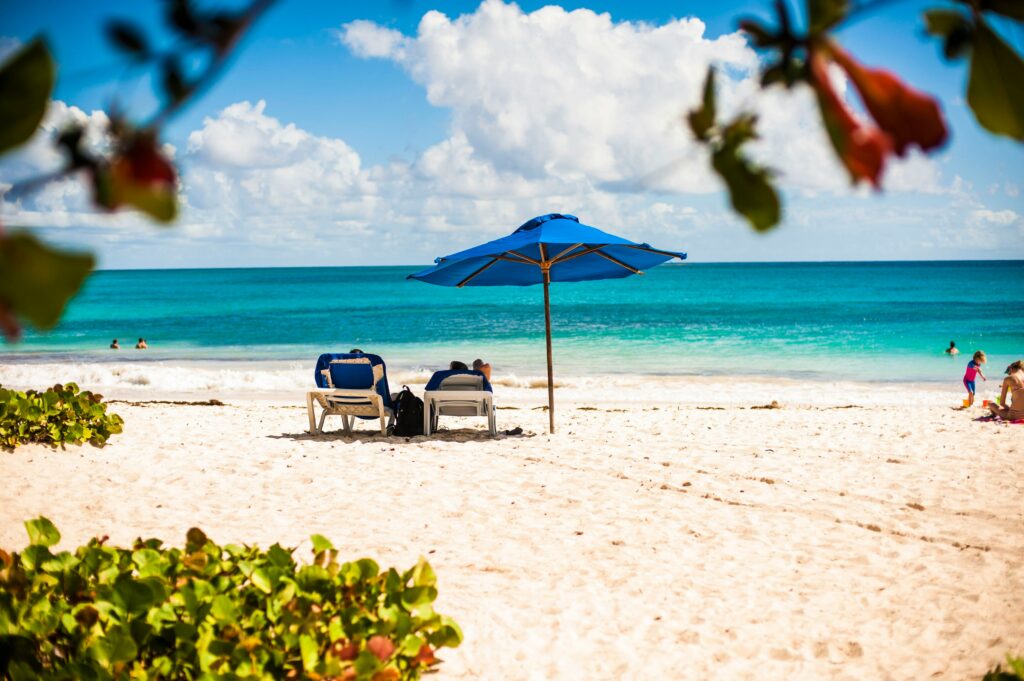
# The Ultimate Guide to When Sargassum is Worst on Stunning Barbados Beaches for Worry-Free Travel
If you’re dreaming of the perfect beach vacation in Barbados, you might want to know all about Sargassum—the seaweed that sometimes pests our stunning shores. It’s not the most fun subject, but hey, forewarned is forearmed, right? Here’s everything you need to know about when Sargassum is at its worst in Barbados, helping you plan a worry-free getaway.
Understanding Sargassum: What It Is and Why It Matters
First off, let’s break down what Sargassum actually is. This brown seaweed exists in various parts of the ocean, forming dense mats that can float on the surface, sometimes washing ashore due to ocean currents. While it plays an invaluable role in marine ecosystems, its presence on beaches can detract from the pristine beauty you envision when thinking of Barbados.
Now, I know that beach vibes can be affected by a smelly pile of seaweed, but it’s essential to understand that Sargassum isn’t an all-year-round nuisance. And when it does show up, it’s often tied to factors like water temperature and currents. So, let’s explore when you might encounter the most of it!
Timing is Everything: When Sargassum Peaks
Late Spring to Early Fall
If you’re planning a trip to Barbados, the golden rule is to avoid the late spring through early fall months. This timeline generally runs from May to September. During this period, Sargassum tends to have its most significant impact due to warmer sea temperatures, which promote its growth. Imagine getting all set for a sun-soaked day, only to find a line of that pesky seaweed edging the beach. Not ideal.
Monthly Breakdown
To help you plan, let’s break it down further:
- May: Sargassum starts making its presence felt but is often manageable.
- June: The situation gradually worsens, and you might notice a marked increase.
- July & August: This is when it can get really tricky. Beaches may be littered with seaweed, leading to cleanup efforts.
- September: Usually marks the start of decline, but it can still linger.
The Best Times to Visit for Beautiful Beaches
If you’re itching to enjoy sun-drenched days without the worry of Sargassum, I’d recommend planning your visit for the winter months. Between December and April, Barbados shines as a top destination, with rarely any Sargassum to mar the beaches. This is peak tourist season for a reason!
During this period, the beaches are stunning, the weather is glorious, and you can lounge freely without the sight—or smell—of seaweed cramping your style. This is when you can make the most of the crystal-clear waters, vibrant sunsets, and all the gorgeousness that Barbados has to offer.
Tips for Enjoying Your Trip Regardless
Even if Sargassum is around during your visit, here are some handy tips to make the most of your beach time:
1. Choose Your Beach Wisely
Some beaches, like Crane Beach and the beaches around the west coast, tend to have less Sargassum compared to others. Do a little research on your accommodations to find out which beaches may still be pristine. You can also check local updates about Sargassum levels as your trip approaches.
2. Be Flexible with Your Plans
If you wake up to find a seaweed situation, don’t fret! In Barbados, the beauty lies beyond just the beaches. Explore the island’s lush interior, visit the historical sites, or delve into some delicious local cuisine. Trust me, you won’t regret tasting some flying fish or rum punch!
3. Pack your Gear
If you do encounter Sargassum, bringing along a beach mat can keep you comfortable on the sand—even if the seaweed is around. Plus, some hotels and beaches will often clear Sargassum regularly, so check in with your resort staff for updates on clean-up efforts.
4. Join Local Tours
Consider planning excursions or activities away from the shore. Catamaran cruises or snorkeling trips can be great ways to experience the stunning underwater world without worrying about Sargassum washing up on the beach.
Stay Informed: Local Resources
Before you arrive or while you’re there, utilize local resources to stay updated on Sargassum levels. Websites and tourism boards often provide real-time information. Follow local social media accounts or join travel forums where you might pick up the latest updates from other visitors or locals.
After all, being informed allows you to shift plans if needed and still enjoy the breathtaking charm of Barbados. It’s the little things that’ll make your experience memorable. Think sunset beach walks, delicious meals, and warm local interactions.
Final Thoughts
I get it; no one wants to deal with Sargassum while dreaming of sunbathing on white sandy beaches. But with the right information and flexibility, you can still have an unforgettable Barbados vacation. Choose your travel dates wisely, plan accordingly, and embrace all the beauty this incredible island has to offer!
So, pack your bags, head to paradise, and don’t let a little seaweed stand in the way of your adventure. Barbados is waiting for you—Sargassum or no Sargassum!
[Related: Check out tips for unforgettable island adventures in the Caribbean!]
**Related Reading:**
– [Related: How to Plan a Solo Trip on a Budget]
– [Related: Top Destinations for First-Time Solo Travelers]
**#SoloTravel #Ultimate #Guide #Sargassum #Worst #Stunning #Barbados #Beaches #WorryFree #Travel**
